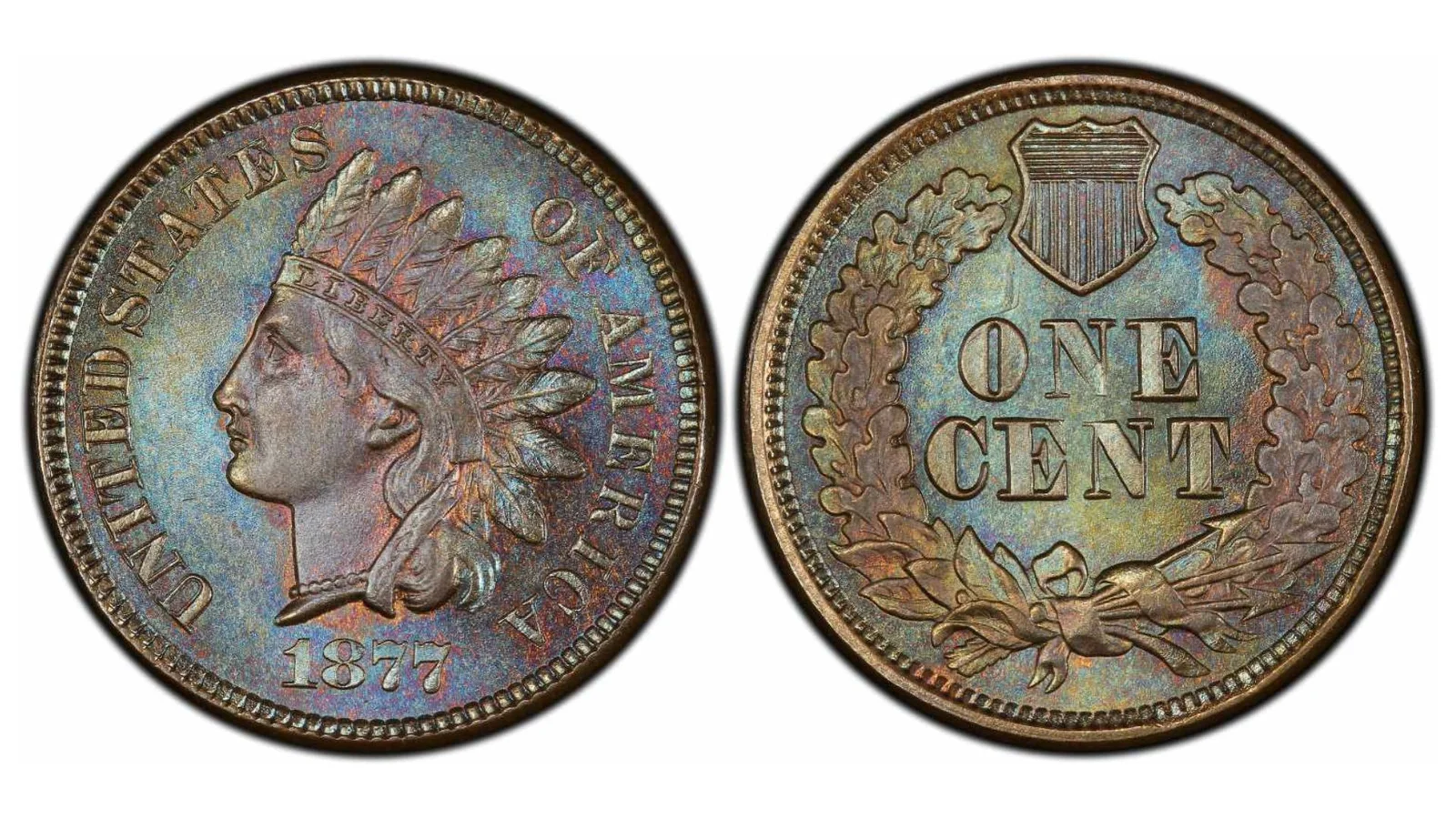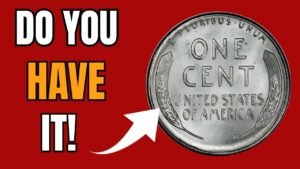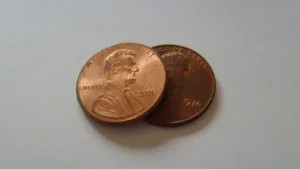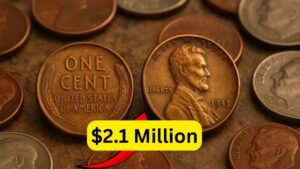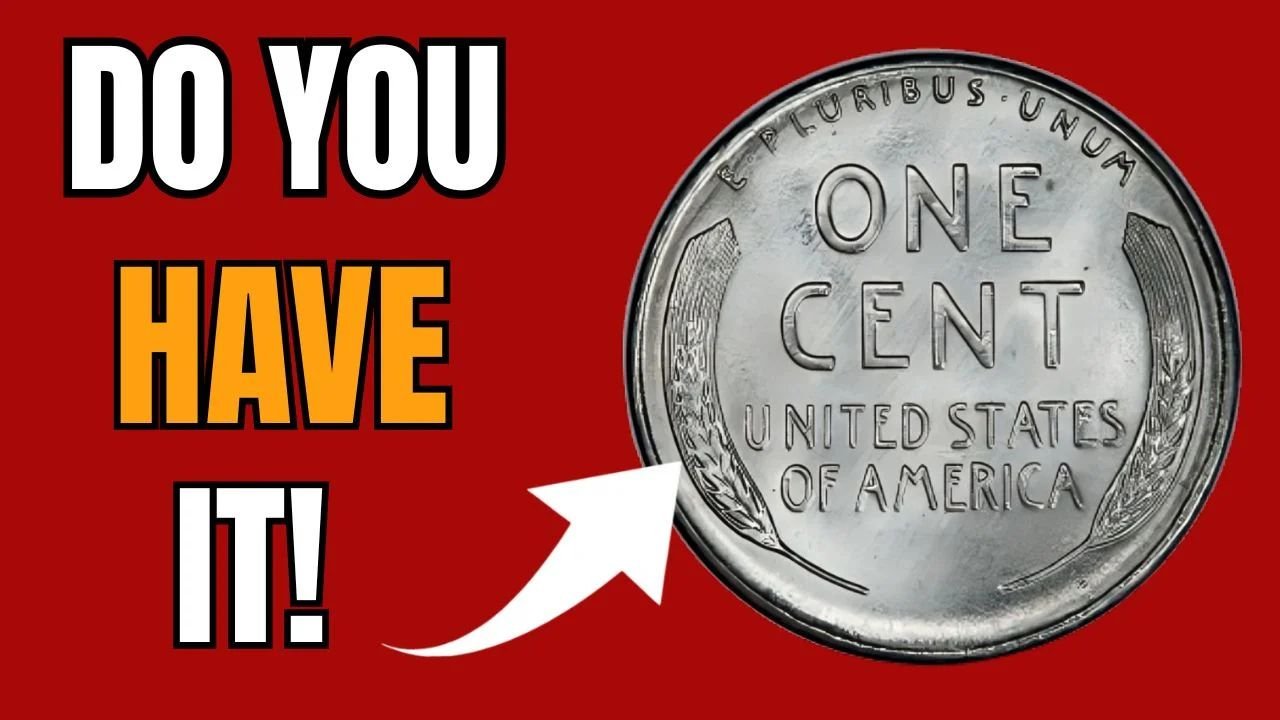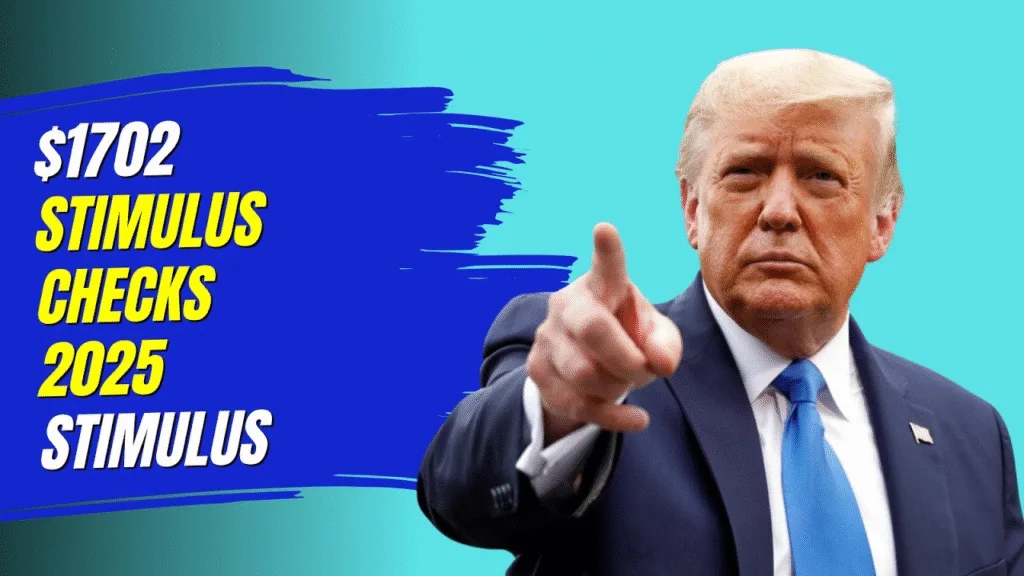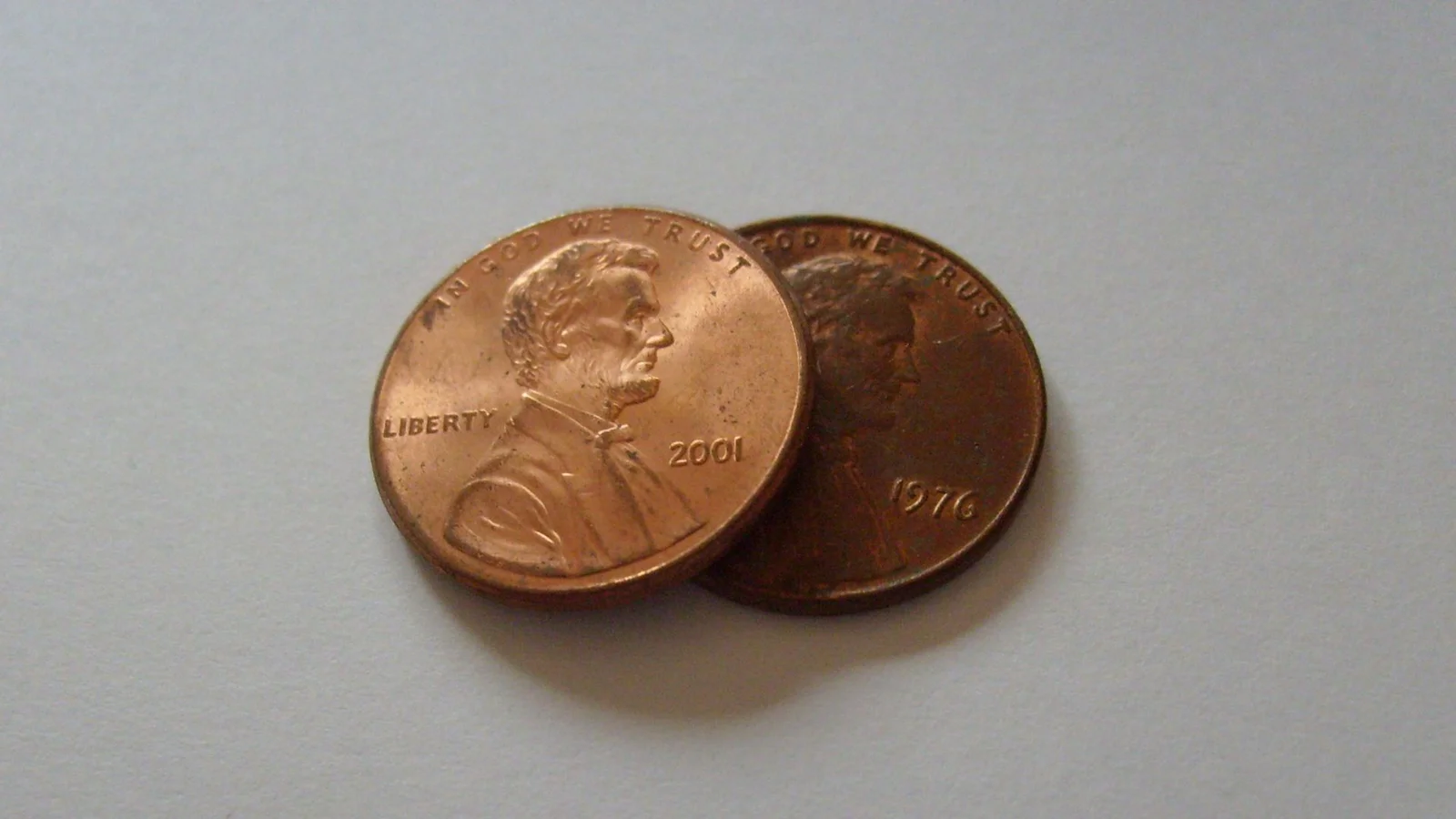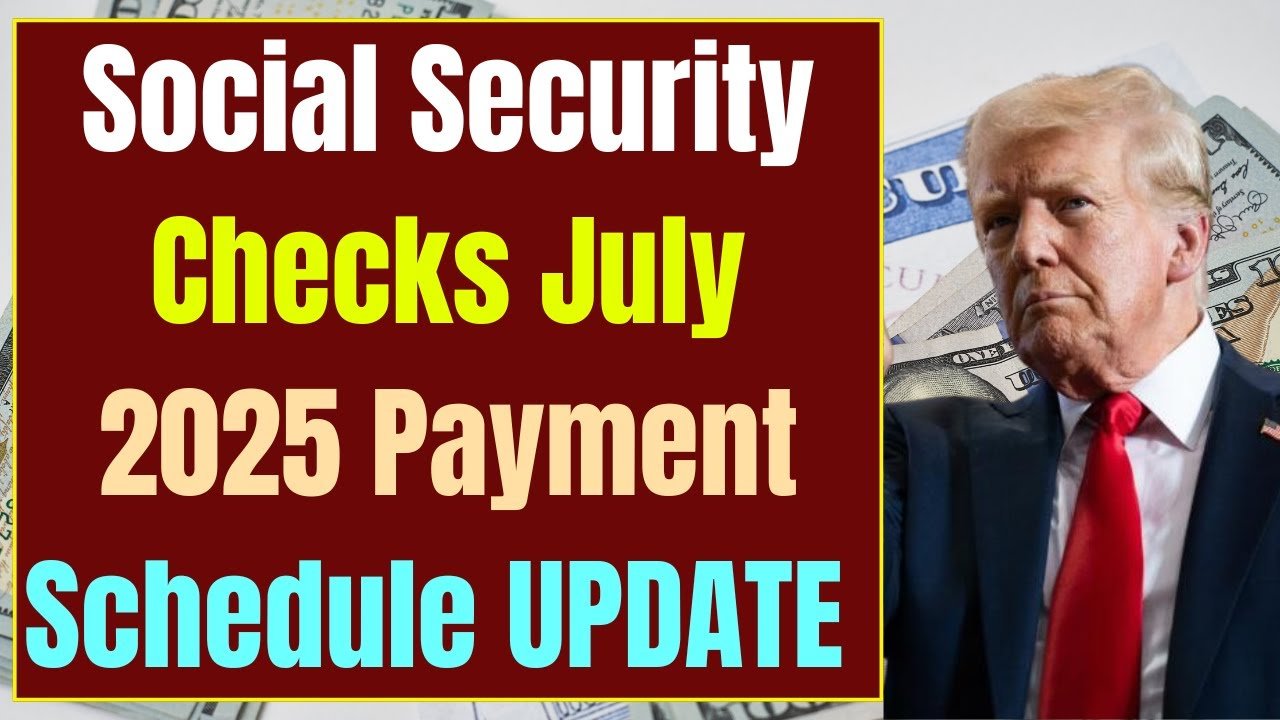The Indian Head Penny, minted from 1859 to 1909, is a favorite among coin collectors for its history and design. Knowing how to grade these coins is key to understanding their value. Grading means checking a coin’s condition to see how well-preserved it is. This guide will explain, in simple terms, how to grade Indian Head Pennies, what to look for, and why it matters. Whether you’re a beginner or an experienced collector, this article will help you evaluate your coins with confidence.
What Is Coin Grading?
Coin grading is the process of examining a coin’s condition to assign it a rank on a scale from 1 to 70, known as the Sheldon Scale. A higher number means the coin is in better shape, with little to no wear. For Indian Head Pennies, grading also includes checking the coin’s color, which can be red (RD), red-brown (RB), or brown (BN). Red coins, which keep their original copper shine, are the most valuable.
Why Grading Matters
Grading determines a coin’s worth. A well-preserved Indian Head Penny can be worth hundreds or even thousands of dollars, while a worn-out one may only be worth a few cents. Professional grading services like PCGS and NGC provide official grades, but you can learn to estimate a coin’s condition yourself with practice.
Tools You Need for Grading
Before you start, gather these simple tools:
- Magnifying Glass: Helps you see small details like scratches or wear.
- Good Lighting: A single light source, like a desk lamp, shows the coin’s surface clearly.
- Clean Hands or Gloves: Avoid touching the coin directly to prevent damage.
- Grading Guide: Use a reference like The Official American Numismatic Association Grading Standards for detailed descriptions.
Key Features to Check on Indian Head Pennies
To grade your penny, focus on specific parts of the coin’s design. These areas wear out first and are critical for determining condition.
Obverse (Front) Features
- LIBERTY on Headband: The word “LIBERTY” on the headband is a key indicator. If it’s clear and readable, the coin is in better condition.
- Hair Details: Look at the hair curls, especially the lower curl near the ribbon. Sharp details mean less wear.
- Cheek and Jaw: Check Liberty’s cheek and jaw for smoothness or scratches.
- Date: The year should be readable, even on worn coins.
Reverse (Back) Features
- Wreath and Bow: The wreath’s leaves and the bow at the bottom show wear early. Clear leaf edges and a defined bow indicate a higher grade.
- ONE CENT Lettering: The denomination should be sharp and readable.
- Shield: The small shield at the top of the reverse should have clear lines.
Understanding Coin Grades
Here’s a simple breakdown of the main grades for Indian Head Pennies, from heavily worn to pristine.
Poor to Good (G-4)
- Condition: Heavily worn, with major scratches or damage.
- Details: The design is barely visible. LIBERTY is hard to read, and the date is faint but recognizable. The wreath and bow blend together, with flat leaves.
- Value: These coins are not highly collectible unless they’re rare, like pre-Civil War pennies (1859–1864) or the 1877 penny. They may be worth $2–$10.
Very Good (VG-8)
- Condition: Well-worn but with clearer details.
- Details: At least three letters of LIBERTY are visible. The date and legends are readable, though worn. The wreath shows some leaf details, but the bow is faint.
- Value: Worth $4–$38 for common dates, more for rare ones like 1877.
Fine (F-12)
- Condition: Moderate wear with visible details.
- Details: LIBERTY is readable, with at least two full letters and two partial ones. The wreath’s top is worn, but the bow’s outline is visible. The date is clear.
- Value: Can fetch $6–$50, especially for pre-1880 coins.
Very Fine (VF-20)
- Condition: Light wear with sharp details.
- Details: The full LIBERTY headband is clear, but the diamond detail on the ribbon connects to the lower hair curl. The wreath and bow are well-defined.
- Value: Worth $10–$100, depending on the year and condition.
Extremely Fine (EF-40 or XF-40)
- Condition: Very light wear, with most details intact.
- Details: The lower hair curl is separate from the ribbon, and the diamond detail is clear in higher VF grades (VF-45). Some original shine (luster) may remain.
- Value: Can range from $27–$350, with higher values for red or red-brown coins.
About Uncirculated (AU-55)
- Condition: Barely any wear, with most original shine intact.
- Details: Slight wear is visible only on high points like Liberty’s cheek or the wreath’s leaves. The coin looks almost new.
- Value: Worth $50–$600, especially for well-preserved coins.
Mint State (MS-60 to MS-70)
- Condition: No wear, as if fresh from the mint.
- Details: Full shine (luster) across the coin, with no wear on high points. Minor scratches or marks may exist in lower MS grades (MS-60 to MS-63). Higher grades (MS-65+) have flawless surfaces and strong eye appeal.
- Value: Ranges from $80–$125,000, depending on grade, color, and rarity. For example, an 1899 MS-68 red penny sold for $108,000 in 2019.
How Color Affects Grading
Indian Head Pennies change color over time due to their copper content (95% copper, 5% tin/zinc after 1864). Color impacts value, especially in mint state coins.
- Red (RD): Bright, original copper color. These are the most valuable, often fetching thousands in high grades (e.g., $23,500 for an 1888 MS-67 RD).
- Red-Brown (RB): A mix of red and brown tones. Less valuable than red but still desirable, worth $150–$1,700 in mint state.
- Brown (BN): Fully toned to a dull brown. Common and less valuable, typically $2–$50 in circulated grades.
Tips for Accurate Grading
Check for Wear
Rotate the coin under a light to spot wear. Look for smoothness or dullness on high points like Liberty’s cheek or the wreath’s leaves. Uncirculated coins should have full, radiant shine.
Watch for Damage
Coins with cleaning marks, deep scratches, or chemical damage are worth less. Professional services like NGC won’t certify cleaned or damaged coins.
Consider Minting Errors
Errors like double strikes or repunched dates can increase value. For example, a 1906 double-strike flip-over error is worth up to $600. Check for unusual design overlaps or misaligned dates.
Get Professional Help for Valuable Coins
If you think your penny is rare or in top condition (MS-65 or higher), send it to a grading service like PCGS or NGC. Their certification ensures accuracy and boosts value at auctions.
Common Indian Head Penny Errors to Look For
Some Indian Head Pennies have minting mistakes that make them more valuable:
- Repunched Date: The date is struck twice, making it look thick or overlapped. A 1898 repunched date coin sold for over $1,500.
- Double Strike: The coin is struck twice, causing doubled designs. A 1906 double-strike error is worth about $600.
- Capped Die: A coin sticks to the die, leaving a faded impression. An 1863 capped die penny in MS-65 sold for a high price in 2020.
Where to Learn More
To improve your grading skills, check these resources:
- The Official American Numismatic Association Grading Standards for United States Coins
- Photograde: A Photographic Grading Encyclopedia for United States Coins
- Online guides from PCGS, NGC, or CoinValueChecker.com
You can also visit coin dealers or join collector communities to practice grading with experts.
Conclusion: Start Grading Your Indian Head Pennies
Grading Indian Head Pennies is a fun and rewarding skill for collectors. By checking key features like the LIBERTY headband, wreath, and color, you can estimate your coin’s condition and value. Use a magnifying glass and good lighting to spot wear or errors, and consider professional grading for valuable coins. With practice, you’ll confidently assess your pennies and discover their true worth, whether they’re worth a few dollars or a small fortune.


